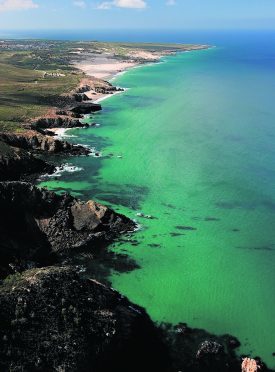Soaking up the Lisbon nightlife with glasses of vinho tinto in hand, my fellow travellers joke in amazement about how I failed to smash a single window with a golf ball all week.
Although the golf courses in and around the Portuguese capital are both challenging and beautiful, people’s homes are sometimes a little too close for the comforts of the average player. And whatever level you’re at, hiring a buggy is essential for the serious green to tee mileage or you’ll be seriously struggling in the height of summer.
It’s mid-March and unexpectedly raining when I arrive in Lisbon, a city that’s home to more than 500,000 people – 3million including the suburbs.
Driving west along the motorway we pass the Estadio Jose Alvalade and Estadio da Luz, home to the city’s two biggest football clubs, Sporting Lisbon and Benfica respectively. Swathes of derelict housing projects dot the landscape for a while, but many are brought alive with bursts of impressive street art on their walls.
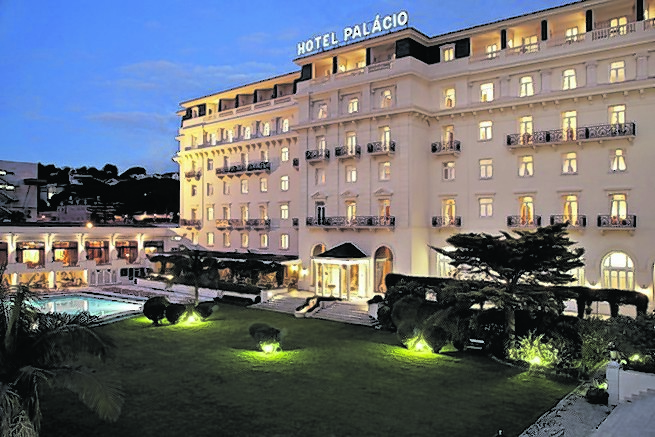
It takes less than 30 minutes to drive – or 40 minutes by train – from the airport to the leafy suburban coastal town of Cascais, a former fishing village west of Lisbon which gained fame as a resort favoured by the Portuguese royal family in the late 19th and early 20th-centuries.
Restaurants are jumbled together with stylish hotels which curve around a lovely harbour, and walkers, runners, surfers and cyclists can be seen for miles along the coast.
Our stay for the night is the mightily impressive Hotel Palacio Estoril, a five-star destination built in 1930 and famed for featuring in the 1969 Bond film On Her Majesty’s Secret Service. Bond writer Ian Fleming stayed at the hotel himself during World War II while shadowing a Russian spy, Dusko Popov. It is said that Popov, the hotel and adjacent casino gave Fleming the inspiration for his first novel, Casino Royale.
Jose Diogo, who is today the depute concierge of the Palacio, worked as a bell boy at the hotel in 1968 and appears in the movie handing a room key to Bond, who is played by George Lazenby.
If there was anything underwhelming about this grand hotel, it was dinner. The cod soup starter for one showed little invention, and by the end of the trip it was clear this was just one of a myriad ways in Portugal to serve up this wholly uninspiring fish.
The next morning we played 18 holes at the nearby Quinta da Marinha resort course. Designed by Robert Trent Jones Senior, the manicured fairways and greens were visually appealing but, in truth, provided a dreary tonic to the gin-filled night before, with most holes lacking definition or character.
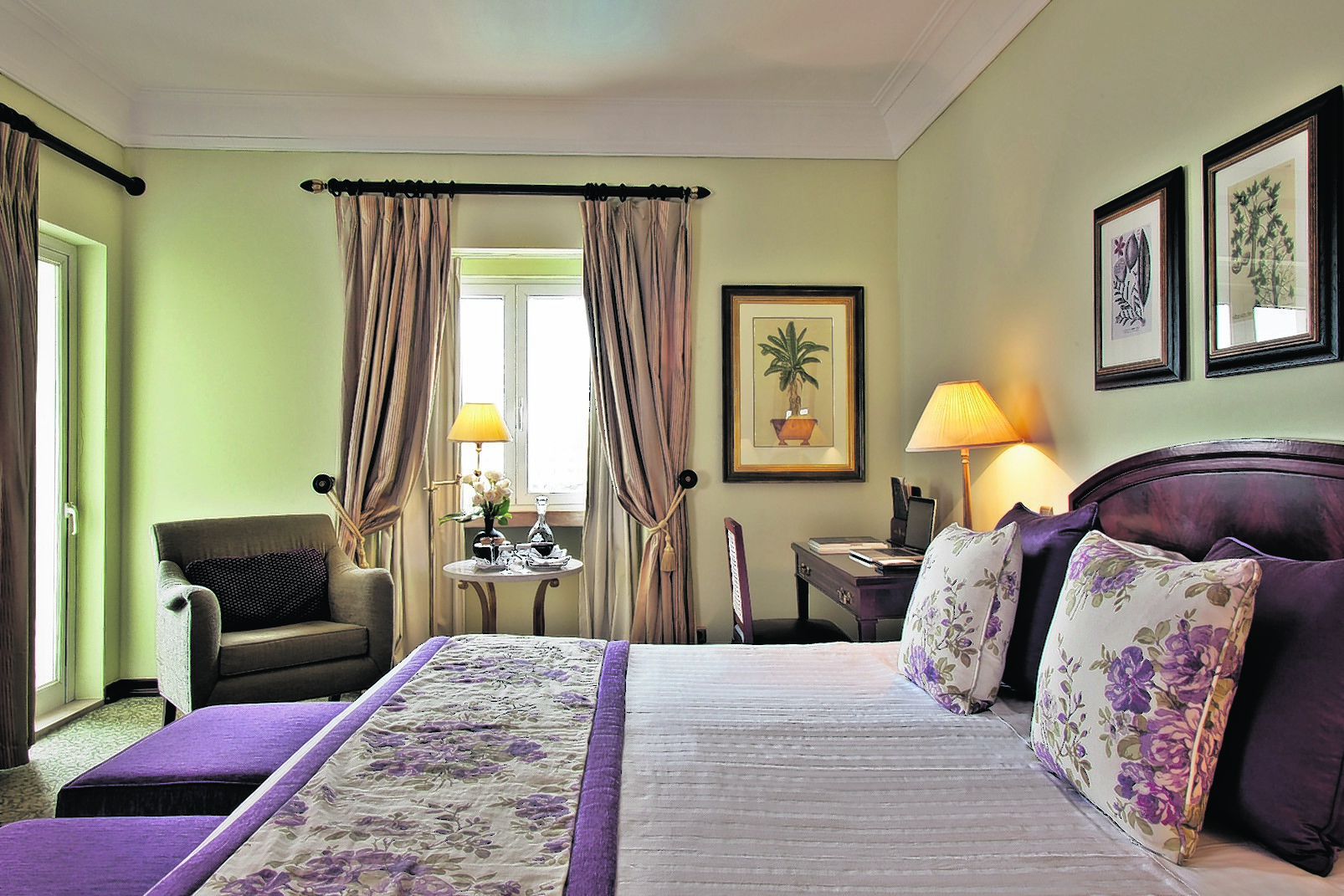
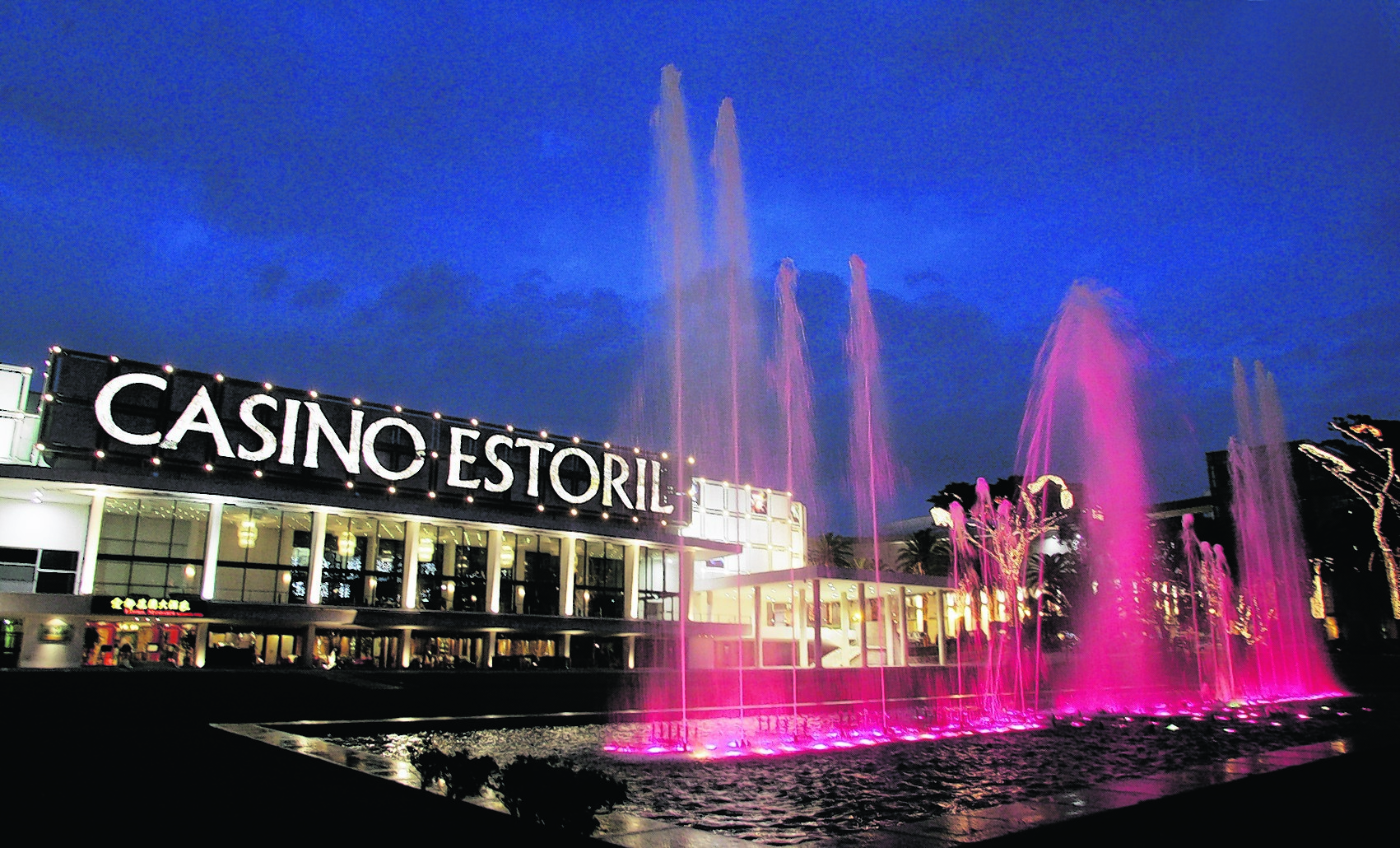
Finding your way from green to tee is also a struggle, perhaps because several holes have been reconfigured to make way for more house building in the area. Despite this, there are several clifftop holes with stunning views over the Atlantic.
Estoril, one of Portugal’s oldest and most emblematic courses, has held the Portuguese Open 20 times and is located less than a mile from the Hotel Palacio.
In the afternoon, a site visit to Oitavos Dunes, a course ranked number 58 in the world, put smiles back on faces. Architect Arthur Hills has achieved near perfection here by using the natural lie of the land to create some truly outstanding links golf holes.
From many parts of the course you can see the most westerly point of mainland continental Europe, Cabo da Roca, a rocky cape with a lighthouse on top.
Unlike its surroundings the Oitavos Hotel lacks star quality, with its supposedly ‘modernist’ bare walls and long, open corridors creating a strange, hospital-like atmosphere.
We then travelled to the beautiful Sintra, a hilly world heritage site to the west of Lisbon with a forested terrain and the flamboyant Pena Palace, a romanticist-style building painted in vivid yellows and pinks and perched on top of a rocky hill.
After some local wine tasting and a good night’s sleep, we played nine holes on the wonderfully challenging Belas golf course, defined by its deep valley fairways, narrow approach shots and shallow, fast greens.
Following lunch it was back to soaking up the sun with a vinho in the belvedere of Lisbon Sports Club, a course founded by the Brits in 1922 and one which, to this day, keeps its original layout. It only opened to visitors two years ago, and is well worth a visit for the charm alone – plus it’s only a 15-minute drive into the city.
Golf in Portugal is very much still in development phase, which is why it was also encouraging to visit Paco do Lumiar, a nine-hole course in Lisbon with a youth academy of 300 children who come from the surrounding city neighbourhoods.
The day was rounded off with the customary pint of Super Bock, Portugal’s best-selling beer worldwide, and a trip into the heart of Lisbon.
The old city centre is unique. Pastel buildings with terracotta roofs are jumbled together between finely cobbled pavements, and ceramic tiles, known as Azulejos, decorate everything from church walls to homes and park seats.
Grand plazzas are lined with sun-drenched patio cafes and the rich history of the city is symbolised by a huge roundabout circling a monument of Marques de Pombal, the prime minister responsible for the rebuilding of Lisbon after the great earthquake of 1755.
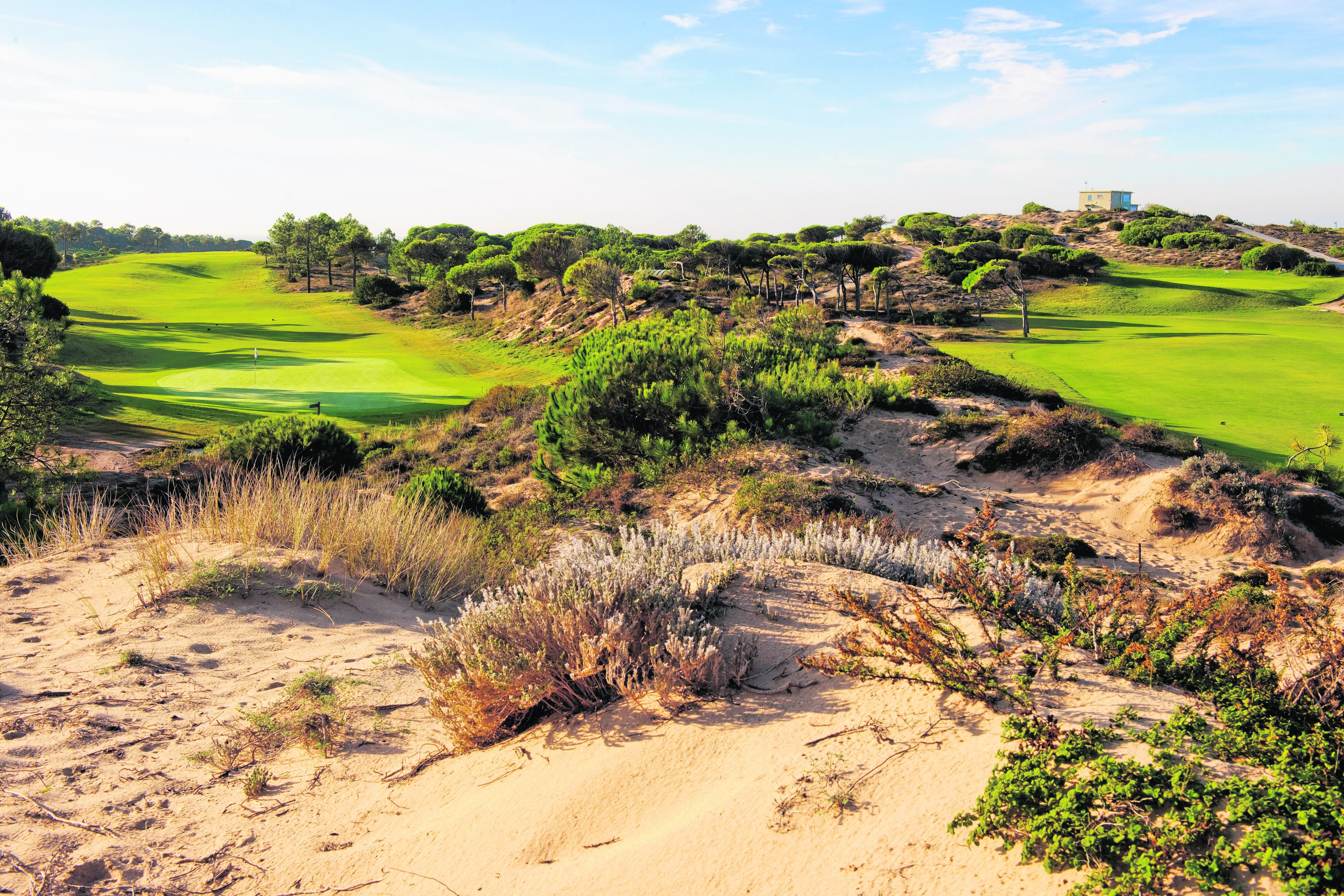
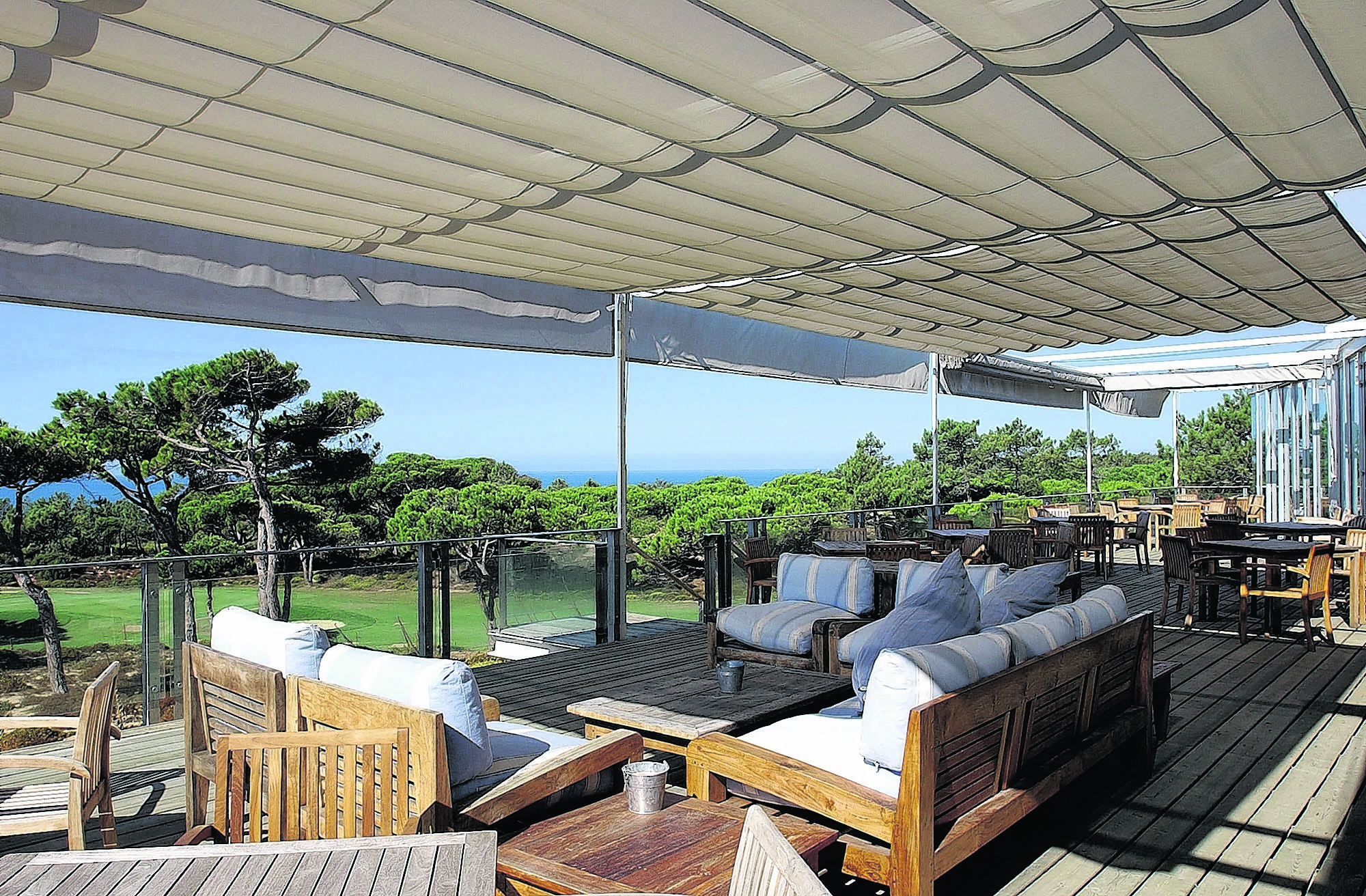
Street art is also prevalent in the city centre. After the earthquake, richer areas of Lisbon began to incorporate colour and tiles into the walls and pavements, and early graffiti was perhaps seen as the poor man’s equivalent. Following the democratic revolution in 1974, this self expression increased.
Every surface seems to be stencilled with a face, animal or political slogan, and the route up to the ruined Castello de Sao Jorge, which offers stunning views across the city and River Tagus, is pointed out by a monkey on the wall.
Our stay on the final night was the trendy H10 Boutique Hotel, a four-star destination with a rooftop bar. That evening we dined at the fantastic A Travessa restaurant, an unassuming cavern of a place tucked away down a cobbled side street which turned out to be an old 17th-century convent.
There, we ate a heavenly array of locally sourced tapas including succulent pork with crackling, rolled sardines and the most beautifully fresh, lemon-dressed clams. A tender slab of wild bull added some extra spark to the meal, which was rounded off with several platters of fresh fruit.
This was the exciting food we had been searching for all week. Undoubtedly, there are many more such hidden gems to be discovered in the Portugeuse capital.
Nearby is the Bairro Alto area, which has more than 200 bars if you want to explore the city’s nightlife. There, my fellow travellers and I started off as you might expect, sat round an outdoor table with a glass of vinho tinto in hand and making jokes about the standard of our golf.
“Back to the driving range when I get home…” I said to myself as we toasted a great trip.
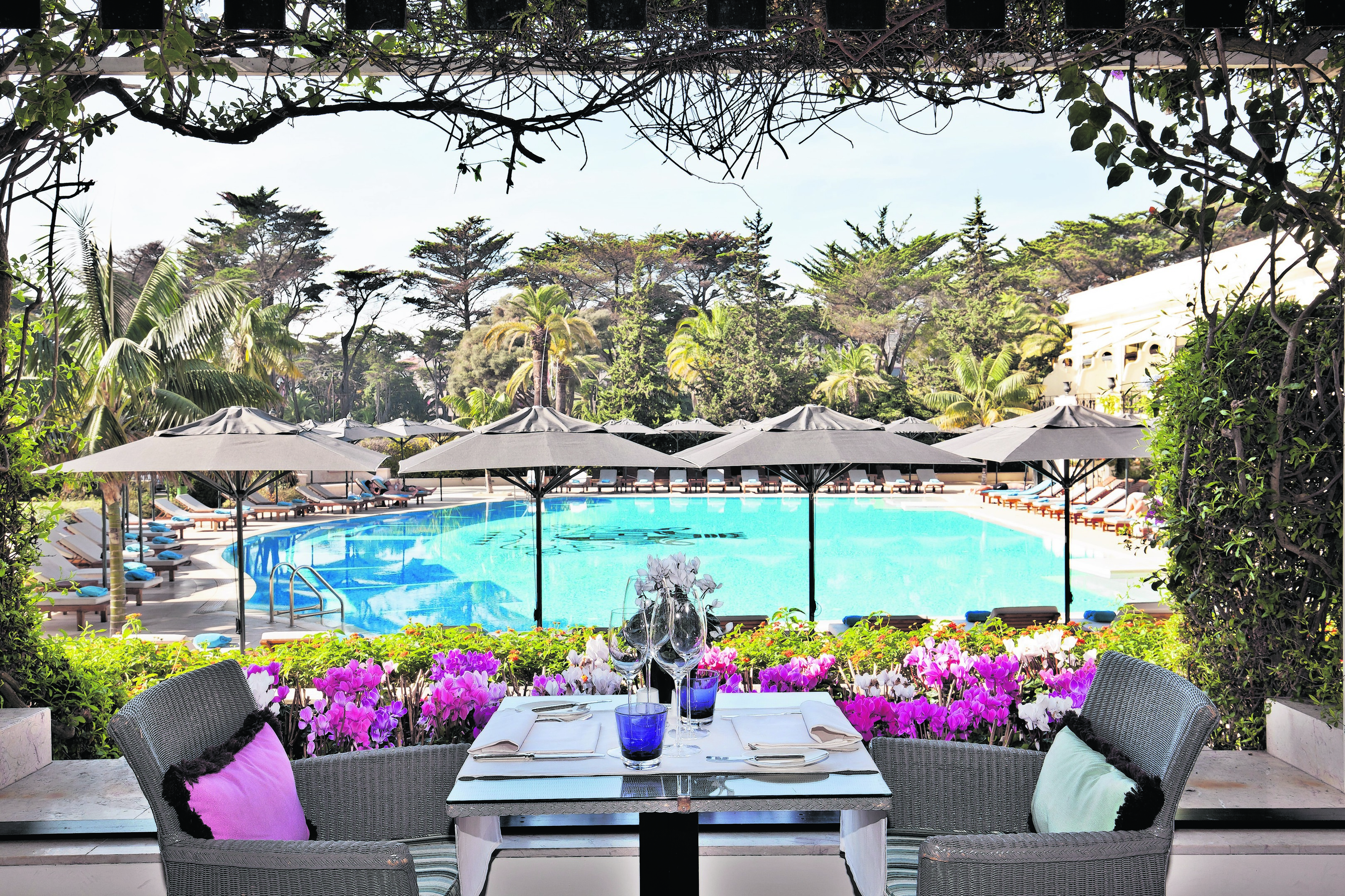
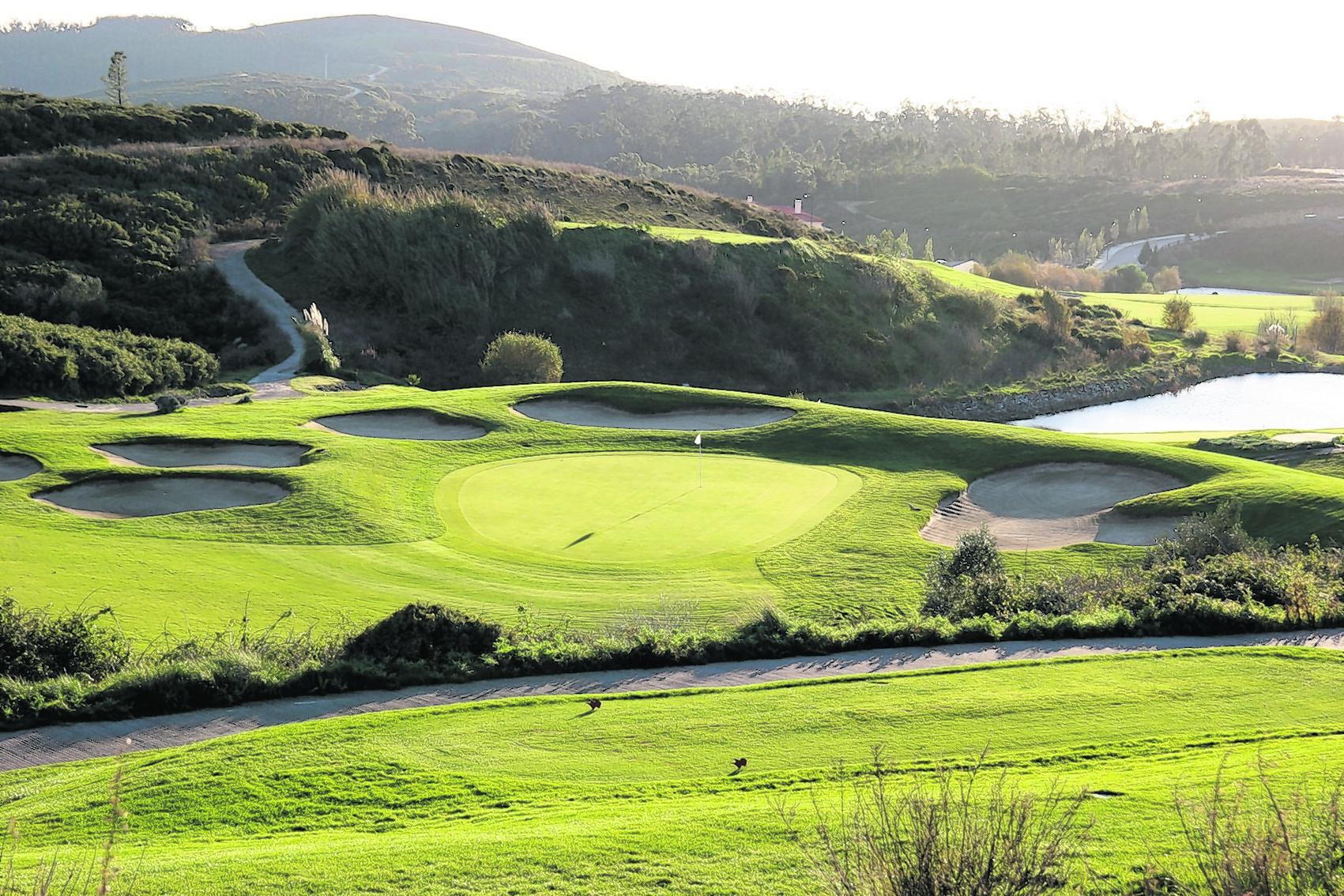
Jamie stayed in the garden duplex suite at the five-star Hotel Palacio Estoril, which during mid-season costs 350euros per night for two people with breakfast included. Details of all hotel rooms, golf packages and facilities can be found through the website at www.palacioestorilhotel.com
He then stayed in the deluxe room at the four-star H10 Duque de Loule, which in mid-season costs 237euros per night for two people with breakfast included. Other room prices and hotel information can be found at www.h10hotels.com
Direct flights to Lisbon from Edinburgh run three days a week with Easyjet on Tuesdays, Thursdays and Sundays.
Flights on any other day of the week require a connection at Heathrow. For booking flights between London and Portugal use TAP Portugal at
http://www.flytap.com/UnitedKingdom/en/Homepage
